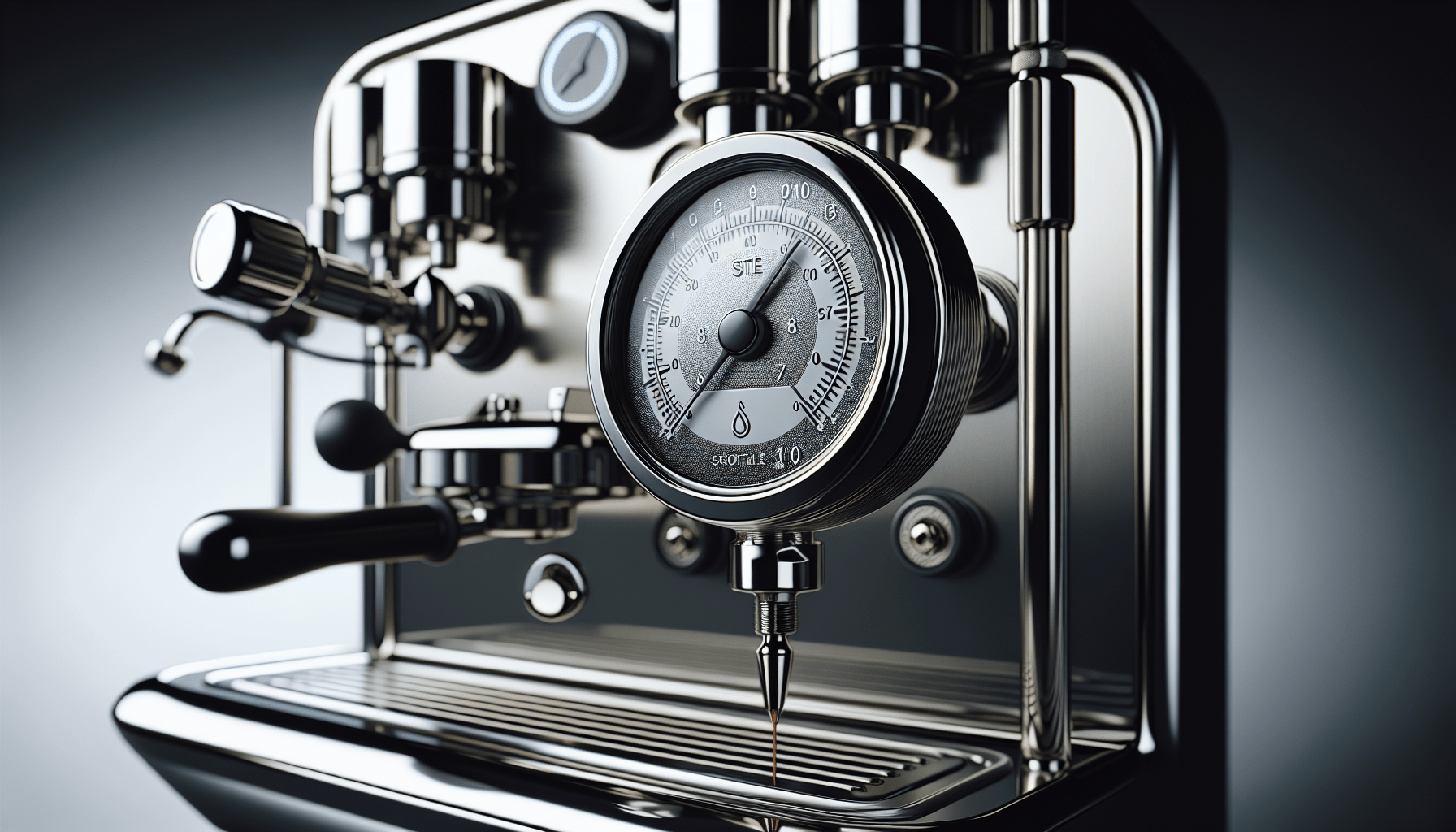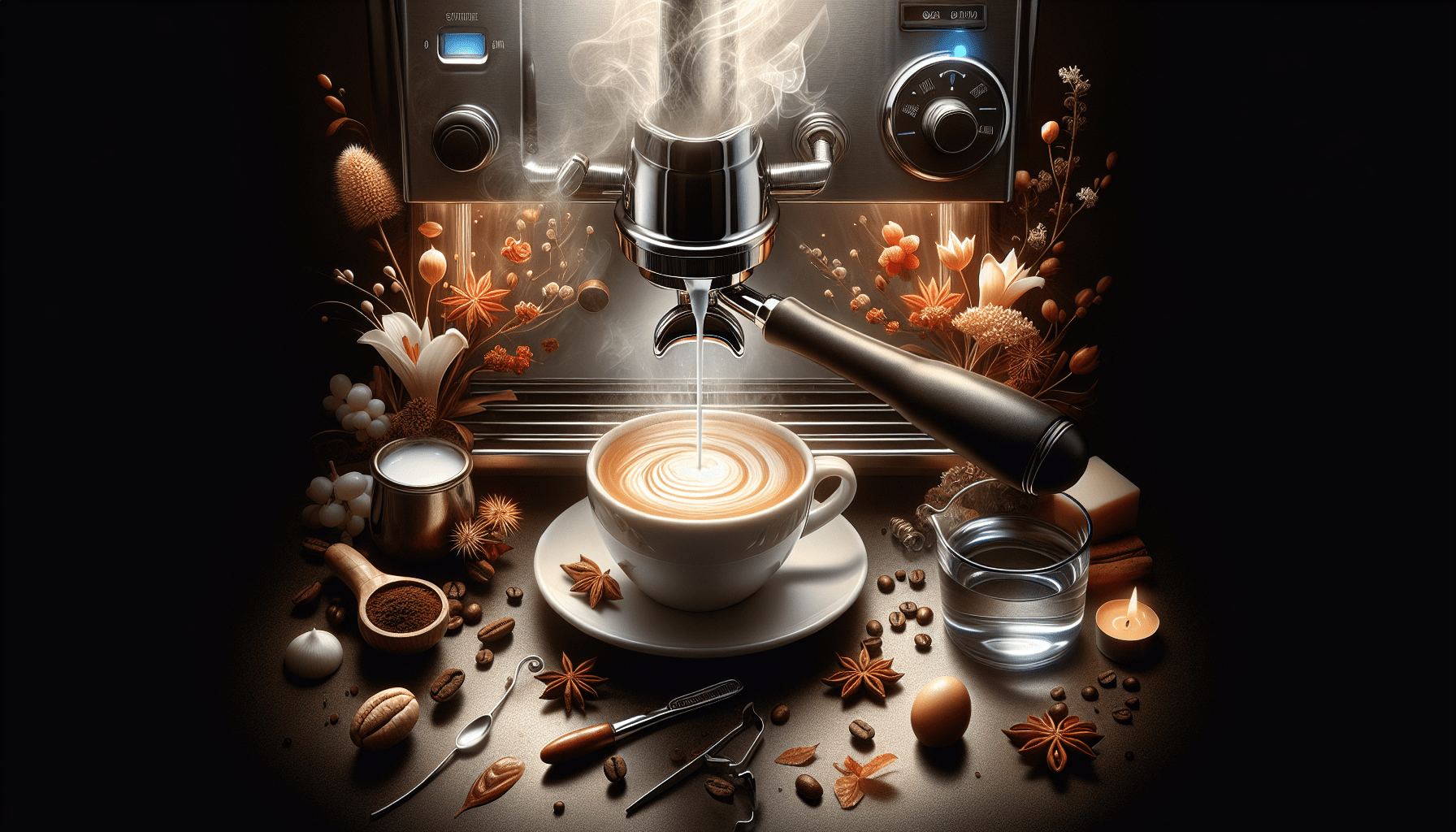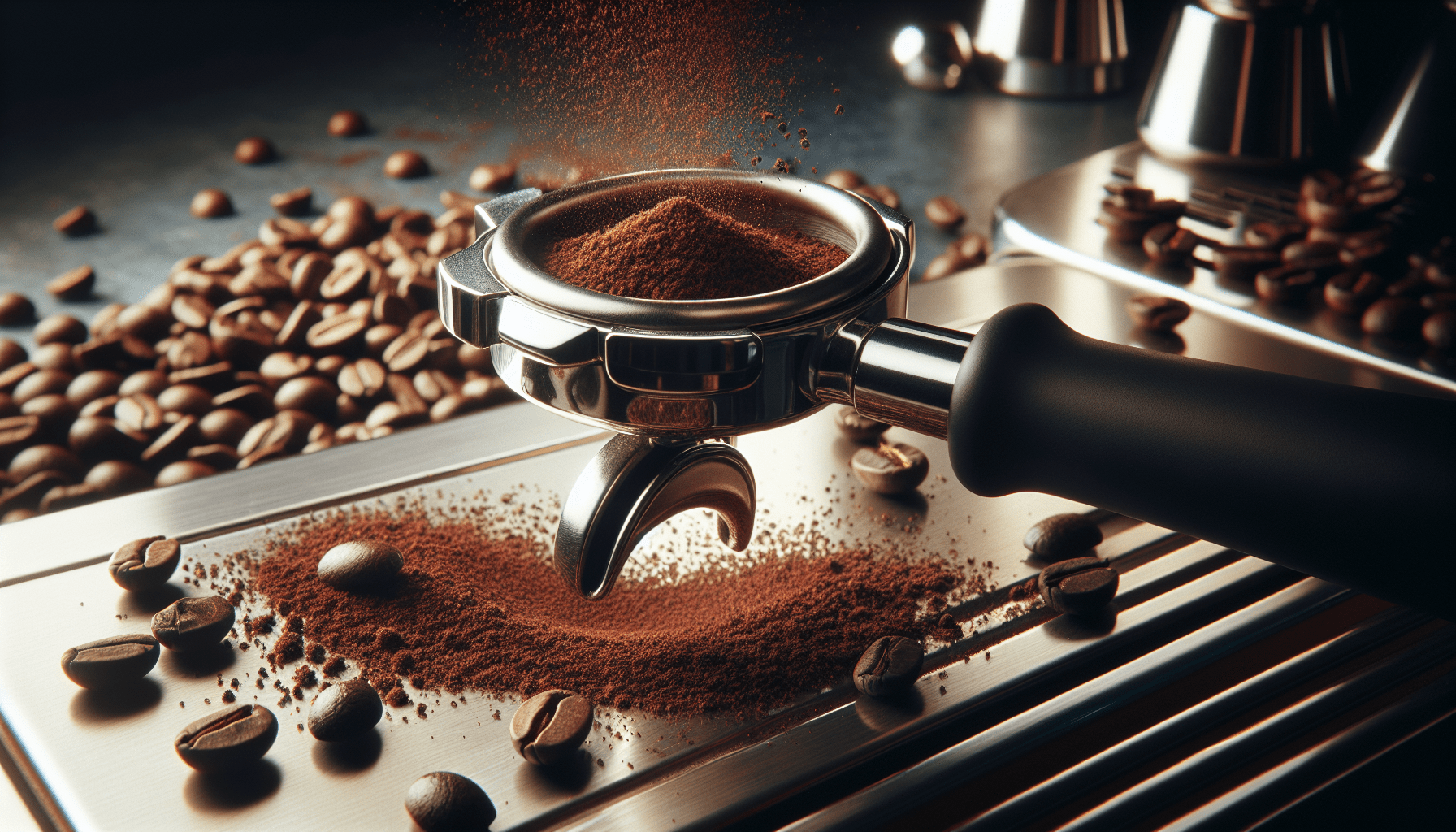Welcome to an article that will enlighten you on the significance of a pressure gauge on a semi-automatic espresso machine. This essential tool allows you to monitor the pressure within the machine, ensuring that your espresso shots are brewed to perfection. By understanding the readings on the pressure gauge, you can adjust variables such as grind size and tamping pressure to achieve the ideal extraction. So, next time you’re pulling a shot of espresso, remember to keep an eye on the pressure gauge for a delicious and consistent brew every time!
Understanding the Importance of a Pressure Gauge on a Semi-Automatic Espresso Machine
Have you ever wondered what the purpose of a pressure gauge on a semi-automatic espresso machine is? Whether you’re a seasoned barista or just starting out, understanding the importance of this vital component can help you brew the perfect cup of espresso every time.
What is a Pressure Gauge?
So, let’s start with the basics – what exactly is a pressure gauge? A pressure gauge is a device that measures and displays the pressure of the water inside the espresso machine’s boiler. It is typically located on the front panel of the machine, making it easy for you to monitor the pressure during the brewing process.
Understanding how to read and interpret the pressure gauge can help you make adjustments to your brewing technique and ensure consistent and delicious espresso shots.
Why is the Pressure Gauge Important?
Now that you know what a pressure gauge is, let’s dive into why it is so important for brewing espresso. The pressure gauge allows you to monitor the pressure in real-time, giving you valuable insight into the brewing process.
By keeping an eye on the pressure gauge, you can make adjustments to variables such as grind size, tamping pressure, and extraction time to ensure that the water is flowing through the coffee grounds at the optimal pressure. This ensures that you extract all the delicious flavors and aromas from the coffee, resulting in a rich and flavorful espresso shot.
How to Read a Pressure Gauge
Reading a pressure gauge may seem intimidating at first, but it’s actually quite simple once you understand the basics. Most pressure gauges have a scale that ranges from 0 to 15 bars, with the optimal pressure for brewing espresso falling between 8 to 10 bars.
When brewing espresso, you should aim to keep the needle on the pressure gauge steady within this optimal range. If the pressure is too low, the water may flow through the coffee too quickly, resulting in under-extracted, weak espresso. On the other hand, if the pressure is too high, the water may flow through the coffee too slowly, resulting in over-extracted, bitter espresso.
Troubleshooting with the Pressure Gauge
The pressure gauge on your semi-automatic espresso machine can also be a valuable troubleshooting tool. If you notice that the pressure is consistently too low or too high, it could indicate an issue with your machine or brewing technique.
Here are a few common issues and how you can troubleshoot them using the pressure gauge:
-
Low Pressure: If the pressure is consistently low, it could be due to a clogged portafilter, a worn-out pump, or improper tamping. Try cleaning the portafilter, replacing the pump, or adjusting your tamping technique to see if it improves the pressure.
-
High Pressure: If the pressure is consistently high, it could be due to a fine grind size, a too-tight tamp, or a blockage in the group head. Try adjusting the grind size, tamping pressure, or backflushing the machine to see if it brings the pressure back into the optimal range.
By using the pressure gauge as a diagnostic tool, you can quickly identify and address any issues that may be affecting the quality of your espresso shots.
Tips for Using the Pressure Gauge
To make the most of your pressure gauge and brew delicious espresso consistently, here are a few tips and tricks to keep in mind:
-
Monitor the Pressure Throughout the Brewing Process: Don’t just glance at the pressure gauge at the beginning of the extraction and forget about it. Keep an eye on it throughout the brewing process to ensure that the pressure remains within the optimal range.
-
Make Small Adjustments: If you notice that the pressure is too low or too high, make small adjustments to your brewing variables to correct it. This will help you fine-tune your technique and dial in the perfect espresso shot.
-
Experiment and Learn: Brewing espresso is as much an art as it is a science. Don’t be afraid to experiment with different grind sizes, tamping pressures, and extraction times to see how they affect the pressure gauge readings. Over time, you’ll develop a better understanding of how these variables impact the quality of your espresso.
Final Thoughts
So, the next time you fire up your semi-automatic espresso machine to brew a delicious shot of espresso, take a moment to appreciate the humble pressure gauge. It may seem like a small and insignificant component, but it plays a vital role in helping you brew the perfect cup of espresso every time.
By understanding the importance of the pressure gauge and learning how to use it effectively, you can elevate your espresso-making skills and enjoy a consistently delicious and flavorful espresso experience. So, keep an eye on that pressure gauge, experiment with your brewing technique, and get ready to impress your friends and family with your barista-worthy espresso shots!



